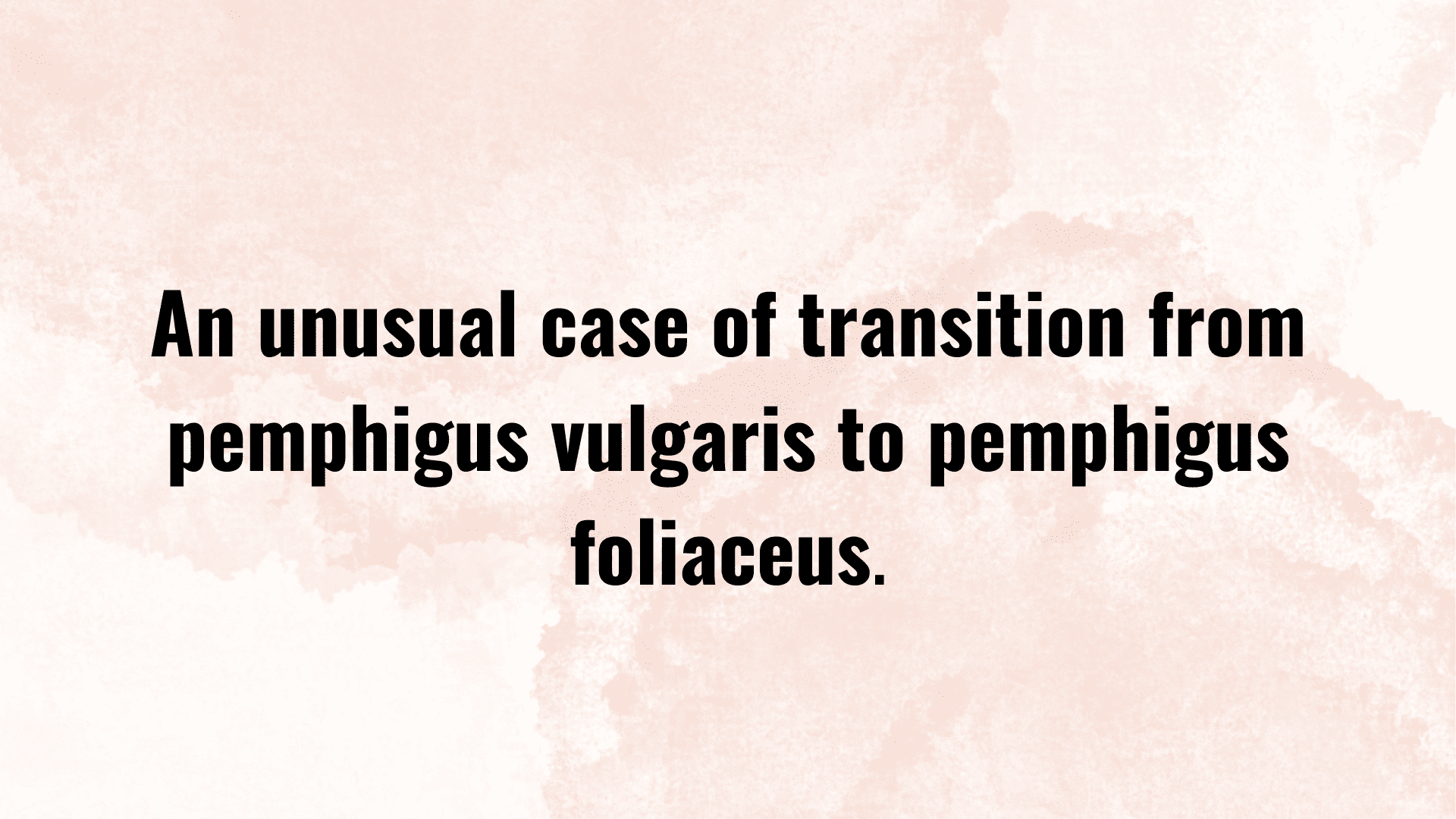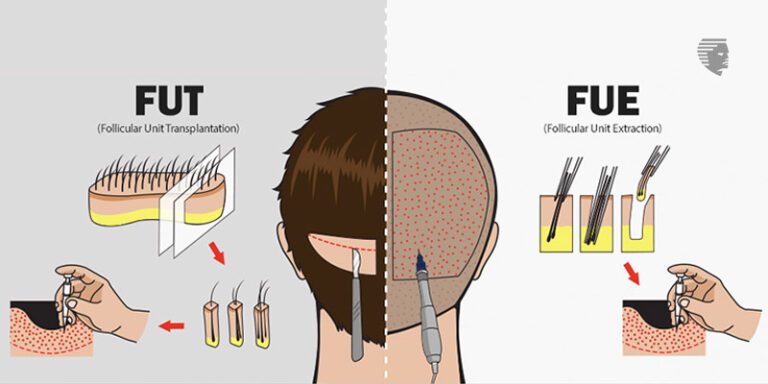An unusual case of transition from pemphigus vulgaris to pemphigus foliaceus
Pemphigus is an autoimmune vesiculobullous disorder affecting the skin and mucus membrane. It is classified as pemphigus vulgaris (PV) and pemphigus foliaceus (PF). Depending on the level of intraepidermal split. The antibodies involved and the involvement of the mucus membrane. PV involves the oral mucosa and shows suprabasal acantholysis. The mucosal-dominant type of PV has anti-desmoglein (Dsg) 3 antibodies. The mucocutaneous type of PV has both anti-Dsg 1 and anti-Dsg 3 antibodies.
In contrast, PF shows subcorneal acantholysis and does not involve. The mucus membrane and has anti-Dsg 1 antibodies. Although transition between the two forms of pemphigus is uncommon. Few cases have been reported in literature. The transition of PV to PF is more common than that of PF to PV. The mechanism of the transition is explained on the basis of epitope-spreading phenomenon.
Here, we report the case of a 23-year-old male. Who presented with complaints of multiple fluid-filled lesions all over the body of 2 months’ duration. The patient also had difficulty in swallowing and congestion and discharge from the eyes for 1 week.
On clinical examination. There were multiple flaccid vesicles with erosion and crusting over. The entire body with involvement of ocular and oral mucosa. Biopsy revealed absent epidermis with row of tombstone appearance of basal cells, consistent with PV.
The patient was given dexamethasone-azathioprine pulse.Therapy without much improvement. Hence, was shifted to dexamethasone-cyclophosphamide (DCP). Pulse therapy along with oral prednisolone in tapering dosages. As a side effect of corticosteroids. The patient developed diabetes mellitus and hypertension. However, the patient was still developing multiple new lesions even after 28 DCP pulses. He stopped all the treatment on his own and consequently developed erythroderma.
At this time, we decided to give him rituximab according to rheumatoid. Arthritis protocol (two doses of 1000 mg 15 days apart). The patient responded very well with resolution of mucosal lesions. But developed hyperkeratotic plaques all over the body. The histopathology of which revealed subcorneal cleft with acantholytic cells consistent with PF.
His anti-Dsg 1 levels were 122.6 μg/ml (n = 20 μ/ml) and anti-Dsg 3 were 1.9 μg/ml (n = 14 μ/ml). The patient has been continued on DCP pulse.
The mechanism of transition between PV and PF. Is thought to be an epitope-spreading phenomenon. It is either primary autoimmune or inflammatory process. That causes tissue damage causing previously immunologically hidden protein. To be exposed to the immune system. Thereby evoking a secondary autoimmune response leading to the production of autoantibodies against new antigens.
In addition, it is said that the biochemical similarity between Dsg 1 and Dsg 3. Is responsible for the antibodies. To either one of them recognizing epitopes on the other. Immunoblotting and enzyme-linked immunosorbent assay are used to demonstrate the autoantibodies in pemphigus.
In this case of PV transforming to PF. Even though initial anti-Dsg levels were not done. Test done at the time of erythrodermic episode showed. Normal levels of anti-Dsg 3 and high levels of anti-Dsg 1. Antibodies with subcorneal cleft on histopathology. At initial presentation. The histopathology was that of a suprabasal cleft. C1onfirming a diagnosis of PV. Thus, we concluded that there was a transition from PV to PF in this patient.







